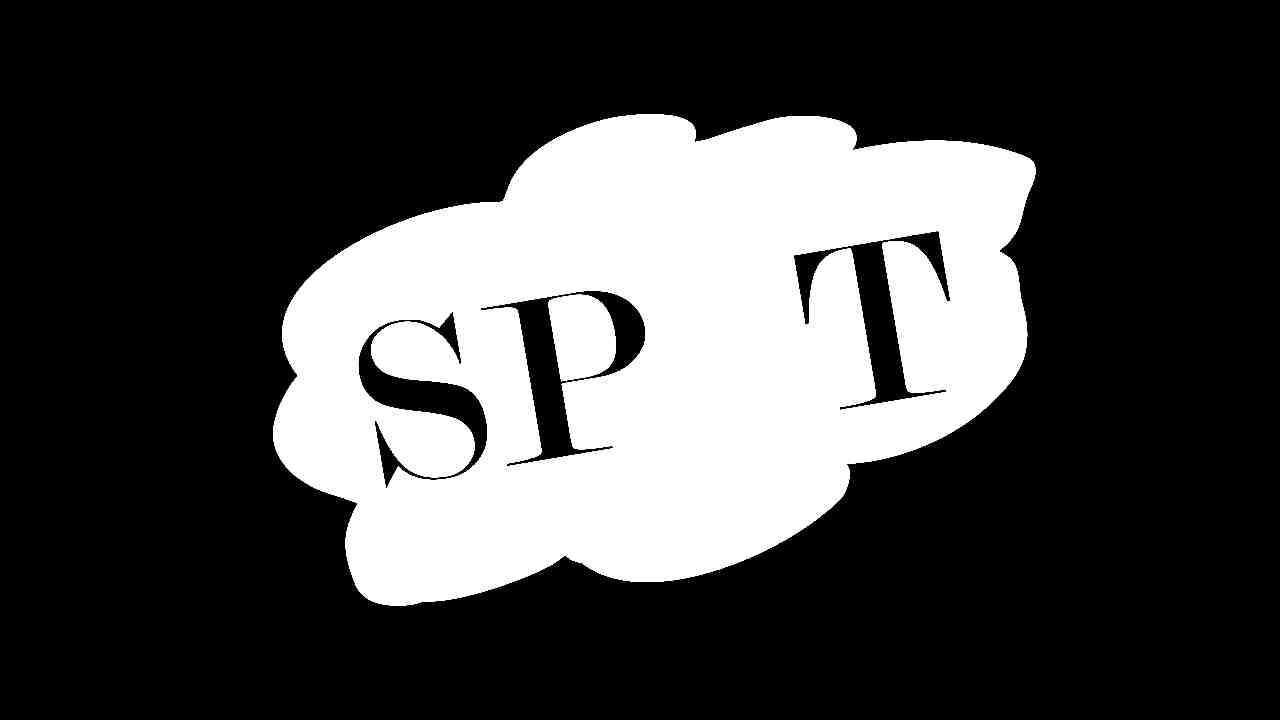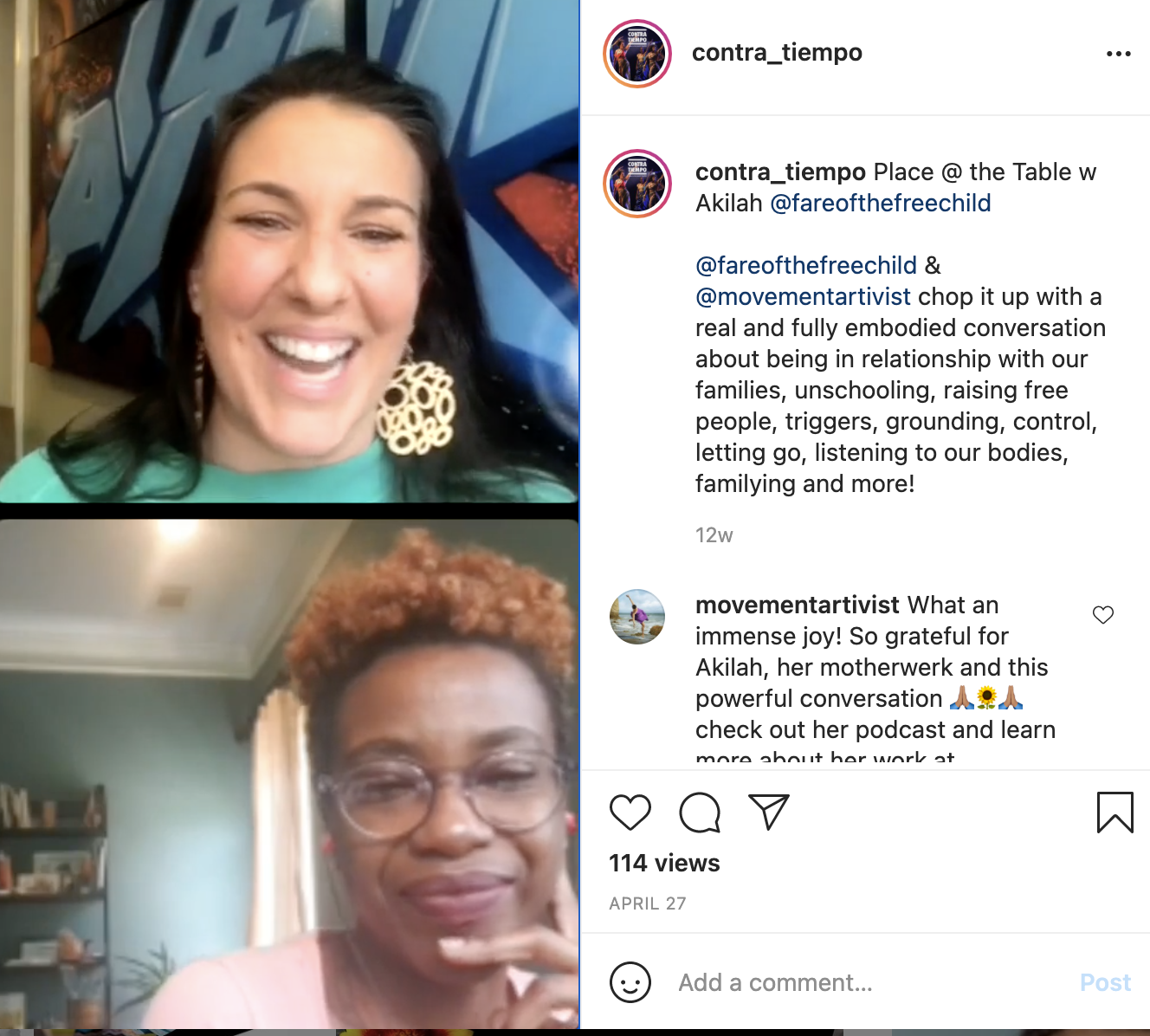Solo at Dusk by L.A. Dance Project
Photo: Josh Rose
When the pandemic hit, the whole world of performance art suffered. Without live performances and audiences, how were these organizations going to survive? We decided to talk to three Los Angeles-based dance companies to hear their stories and find out how they pivoted to new business models during these turbulent times.
In March 2020, L.A Dance Project, a boundary-expanding dance company led by Benjamin Millepied, was on tour in Europe. As the whole world was shutting down and travel was going to be restricted, they had to quickly get their dancers back to the United States. Luckily they got their dancers back, but as with other dance companies, their whole touring schedule for the year was wiped off the calendar. “We were lucky in that we had started work on a digital dance platform, an app that had been on the backburner. So as soon as we realized we were not going to be performing – we put all our energy into that and we were actually able to keep our dancers on full time and use them as teachers on the app,” says Alice Mathis, L.A. Dance Project’s Director of Communication. Their comprehensive app launched in May 2020 and it includes lessons by Benjamin Millepied as well as dancers from New York City ballet. It had a great reception, and they are still growing and adding classes to it on a weekly basis. Check it out here.
They also commissioned two new pieces for which the rehearsals started in August 2020– Solo At Dusk choreographed by Bobbi Jene Smith in collaboration with Or Schraiber and The Betweens choreographed by Jermaine Spivey & Spenser Theberge. The dancers and the choreographers were quarantined together during the rehearsals and the shows were performed outside as a drive-in. “We also adapted our Annual Gala which is our largest fundraising event of the year and we created a series of small galas using a drive-in model [ …] with a catered dinner brought to your car,” says Mathis. L.A. Dance Project found a number of ways to adapt - they were really lucky to get a PPP loan the first time round and again just recently they received The Simpson Fund which helped them keep their virtual summer program.
“We are looking forward to things opening up hopefully […] as the vaccinations continue to lower the numbers […] so, knock on wood, we are looking to start live performances in our space starting in May. I don’t think we are planning any European tours this year. There is still a lot of uncertainty, going forward, and we are really looking to use virtual space as well as outdoor spaces to create site-specific work so that we can still keep dance accessible to people in Los Angeles and around the world in a digital format. It’s a learning process,” adds Mathis.
As important as the arts are, they do unnecessarily take the back seat to some of the more pressing issues. It’s been a difficult year for dance companies in terms of fundraising and Jessica Amaya, Contra-Tiempo’s Managing Director claims that their team worked 10-12 hour days in the first 3 months of the pandemic just trying to take care of the funding for their organization, which is heavily focused on social justice and equity. On top of having all their performances canceled, their main concern was how to take care of their community and their dancers.
One good thing that happened at the beginning of the year for the activist dance theater company is that they converted their artists from independent contractors to employees and that helped them get unemployment benefits because they were on the payroll. “Many of our artists were waiting for months to get unemployment so what we decided as a company was to give all our artists some funding through donations from the board to help them,” adds Amaya. As the pandemic continued, many of their dancers moved back to their home state and it’s been challenging to get them back. “Because of the pandemic, we’ve lost over 50% of our revenue for 2020 and when I was comparing our financial statements from 2019 and 2020, it was very heartbreaking,” says Amaya.
Still from This Is Our Protest by Contra-Tiempo
The pandemic affected Contra-Tiempo’s Arts Education Programming as well since they had to go virtual but through a grant from the Department of Cultural Affairs from the City of Los Angeles – “Dancing Familias was born – a popular weekly program for everyday people (not professional dancers) and a space to support and practice what we call our radical joy muscle. Through this grant, we were going to keep the program on through June but because it was so successful, we decided to keep it going up until now,” says Amaya.
Still from Contra-Tiempo’s live instagram series, A Place at the Table
Everything that surfaced around racial injustices at the beginning of the pandemic was really hard, especially for their dance community, and as a result, they created videos This Is Our Protest and Until We Win to bring awareness to these issues “ JoyUS justUS (2018) was created between 2015 and 2017 and it speaks so much to what is happening now with racial and social injustice,” adds Amaya. They also created a weekly conversation on Instagram live called A Place at the Table where the company’s Artistic Director, activist, and mother, Ana Maria Alvarez talks to like-minded individuals. It’s her hour of healing in order to connect with other mothers, activists, entrepreneurs and artists, and people from all walks of life who are making a difference in the community. They are excited to tour this summer and are looking forward to an all outdoor format of Jacob’s Pillow.
At Los Angeles Ballet all dancers and staff have been partially or entirely furloughed since April 2020. Workweeks and the final number of dancers for the upcoming season are to be determined. “Unfortunately, our performance of The Sleeping Beauty, scheduled for June 2020, had to be canceled, but we hope to be able to announce a full 2021-22 season in the coming months. We follow Los Angeles County and California State guidelines and guidance closely, as do the venues we work with. In general, individual supporters want to see Los Angeles Ballet return to the stage and have continued to be supportive,” says their media representative Shari Mesulam from The Mesulam Group. On Saturday, May 1, 2021, Los Angeles Ballet (LAB) celebrated Fifteen Years of Outstanding Performances at its Season 15 Gala. “We know that the arts bring people together in both happy and hard times, and we look forward to when our dancers are able to share their talents with the Los Angeles audiences that have embraced and supported us for fifteen years but most notably this past year,” says Thordal Christensen and Colleen Neary, artistic directors of Los Angeles Ballet.
The dance world is far from being back to normal. Companies had to adapt to support their employees and create educational programs and performances virtually. Dancers had to quarantine together, and new modes of viewership emerged with site-specific performances and drive-in models. Without national and local grants, however, as well as individual beneficiaries, pivoting during this critical time would have been near impossible.



















